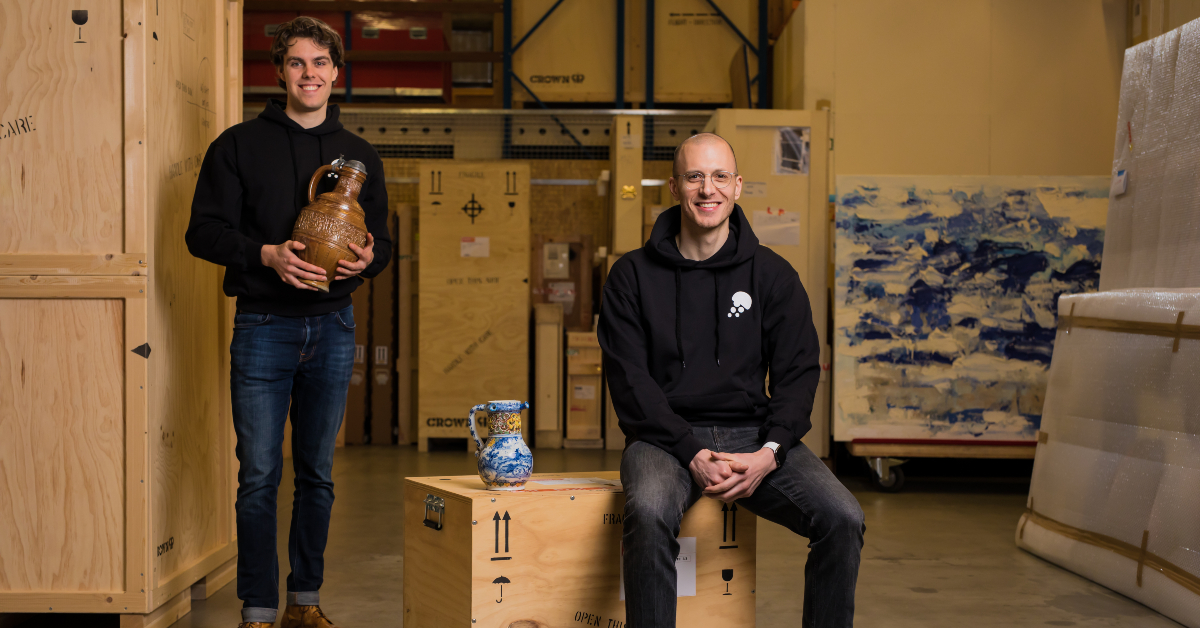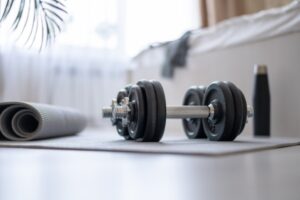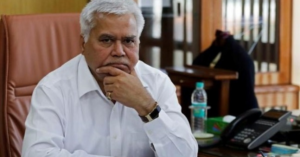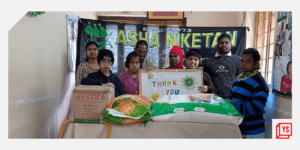Image credits: Floatscans
Rapid urbanisation and neglect of traditional sites, and buildings have led to the fading of historical architecture, art and culture. Therefore, protecting heritage is necessary to maintain the essence and identity of a culture.
The process of preserving cultural heritage is an unceasing practice, but that requires relevant data to be captured, analysed, monitored and regularly updated. Thanks to technological advancements, capturing data and managing the heritage structures can be effectively done through the digitised medium.
Recently, the winners of the 2021 Future Hamburg Award were announced.
Digitising cultural sector
Meet Floatscans, an Amsterdam-based startup that aims to accelerate the digitisation of the cultural sector.
The company was founded by a team of technology enthusiasts with the ambition to create a new generation of digital experiences that approach real-world realism.
In an exclusive interview with Silicon Canals, Bob Kettling, co-founder of Floatscans, says, “FloatScans was founded after visiting a museum depot for the first time and realising that 90 per cent of the world’s art and cultural heritage is stored in similar warehouses and therefore is inaccessible to the public. Our goal is to make art more accessible for everybody by developing new ways to experience it.”
Time Machine technology
The Dutch company has developed a high-end 3D scanner – Time Machine technology, through which they can capture a large object down to the smallest detail (25 µm) in 15 minutes.
The company’s algorithm converts the data into a digital image that is indistinguishable from the physical object, be it in terms of shape, colour, material, and light. The result is a digital twin, claims the company.
Explaining the process, Kettling shares, “The digital twins of real-life art objects we create with our ‘Time Machine’ technology is indistinguishable from reality, and can be enjoyed from any location on a mobile device. By making it possible to experience the object from all objects at a high-quality level beyond what the human eye can perceive with the click of a button, we aim to improve the accessibility of our common cultural heritage collections and the stories they tell, plus stimulate the creation of a new generation of (digital) experiences. These include viewing artworks in your own home with Augmented Reality, incredibly detailed research that doesn’t require any travel, and art that can be interactively used in school curriculums. Because of the unique features of our technology, which includes capturing how art objects interact with light, we’re the only one in the world that can eternalise cultural heritage this way.”
Tropenmuseum and other projects
From July 10th, the scanner can be seen at work in the Tropenmuseum in Amsterdam. With the help of a high-end 3D scanner, the company is planning to scan a small collection of objects from the Tropenmuseum collection from July 10th till the 21st of July.
“This work is open to the public and can be viewed by all visitors of the museum. The museum is going to use the digital twins to increase the accessibility of their collection, but also for collection management, research, and online storytelling applications. We’re also working closely with Museum Volkenkunde (sister museum of the Tropenmuseum) to develop a next-generation storytelling application that can be experienced within the museum and from home, and which features the digital twins (to be released at the end of the summer), ” says Kettling to Silicon Canals.
Floatscans has partnered with the Nationaal Museum van Wereldculturen, a museum organisation, that manages several ethnographic museums in the Netherlands. It consists of the Tropenmuseum in Amsterdam, the Afrika Museum in Berg en Dal, and the Museum Volkenkunde in Leiden. Besides the Netherlands, the company is working on projects for clients in Germany, and Italy, among others.
In this regard, Kettling notes, “The ‘Nationaal Museum van Wereldculturen’ (a group of 4 museums including the Tropenmuseum) is one of our launching partners. We’re also working together with high-end art galleries such as Aronson Antiquairs to enable the online viewing of their collections in incredible detail. Regarding our international work, at this point, we can only disclose that we’re collaborating with a museum in Rome. We also did work for auction houses and private collectors.”
Funding
Founded by Max Roest and Bob Ketting as a garbage experiment, Floatscans secured funding from FORWARD.one last year along with a couple of business angels. However, the amount was not disclosed.
He says, “FloatScans is the result of a ‘garage’ experiment that got out of hand and was originally financed with own funds. We closed the external funding round last year in May 2020, which was led by FORWARD.one and joined by two business angels. There’s more interest in our technology from customers than we expected which means we’re actively looking for ways to accelerate the business.”
According to the company’s claims, the 3D scanner outputs high-quality source files where the human eye can’t differentiate beyond a point. The collections are archived through photography, however, images have limited realism, says the company.
Floatscans says the technology opens up new possibilities in terms of opening up, sales opportunities, and accessibility.
“Art thus becomes accessible to everyone, including the accompanying stories, because all possible barriers are removed for everyone,” says the company in the release.



![Read more about the article [Funding roundup] YC backed-Better Opinions, ChefKart raise seed rounds](https://blog.digitalsevaa.com/wp-content/uploads/2022/07/CF3-1655273097632-300x150.png)






